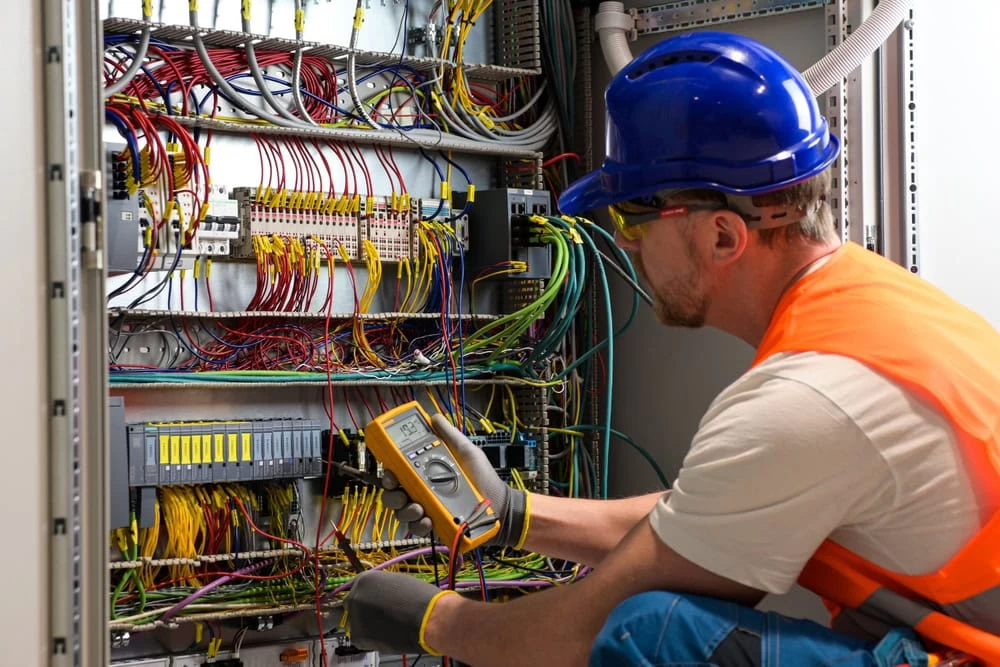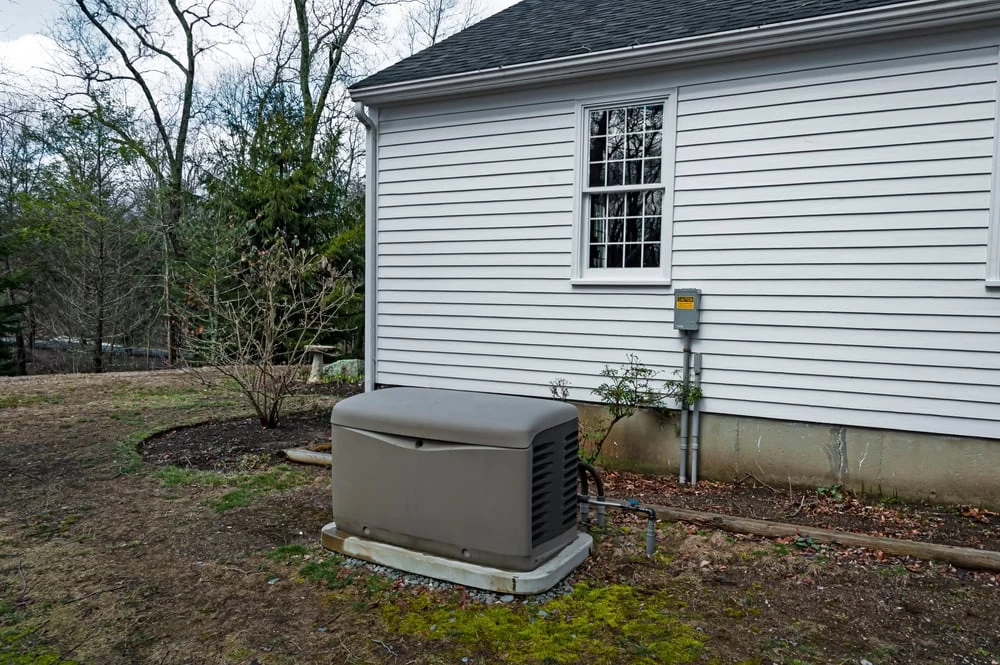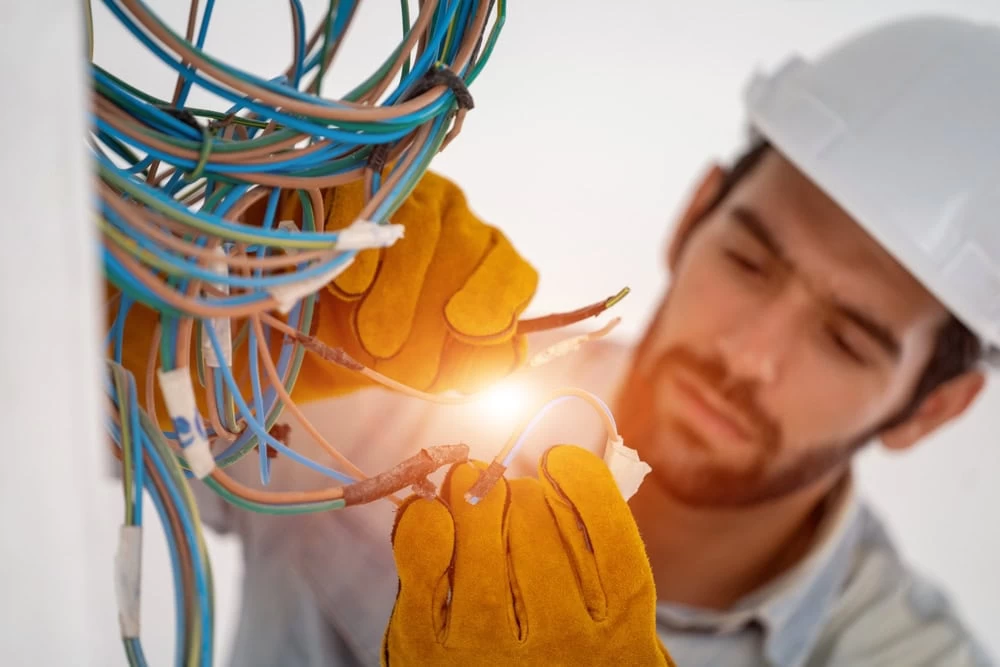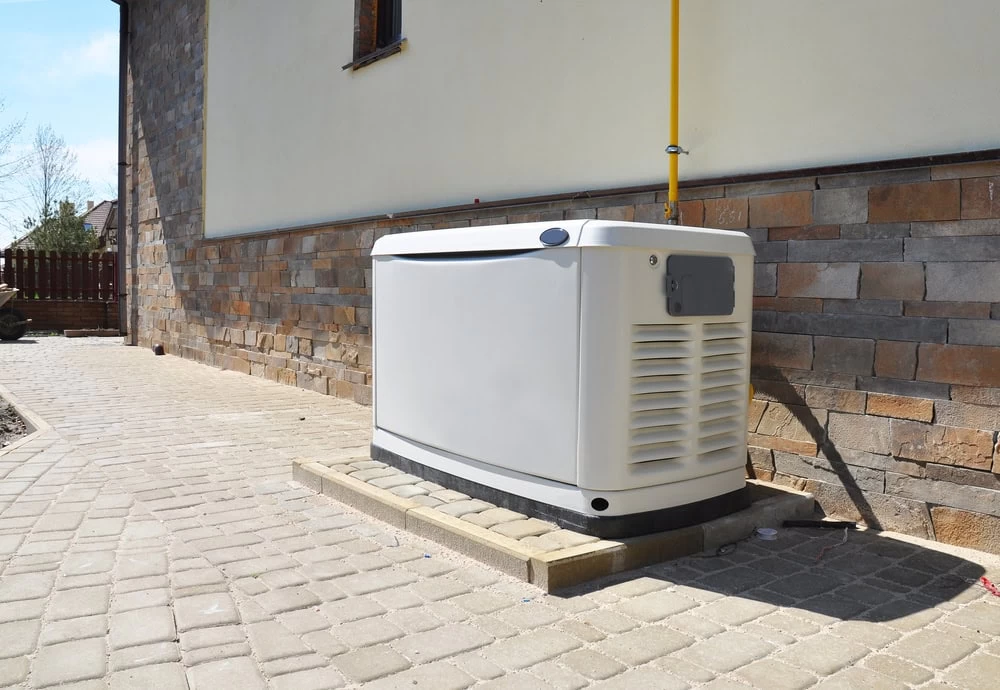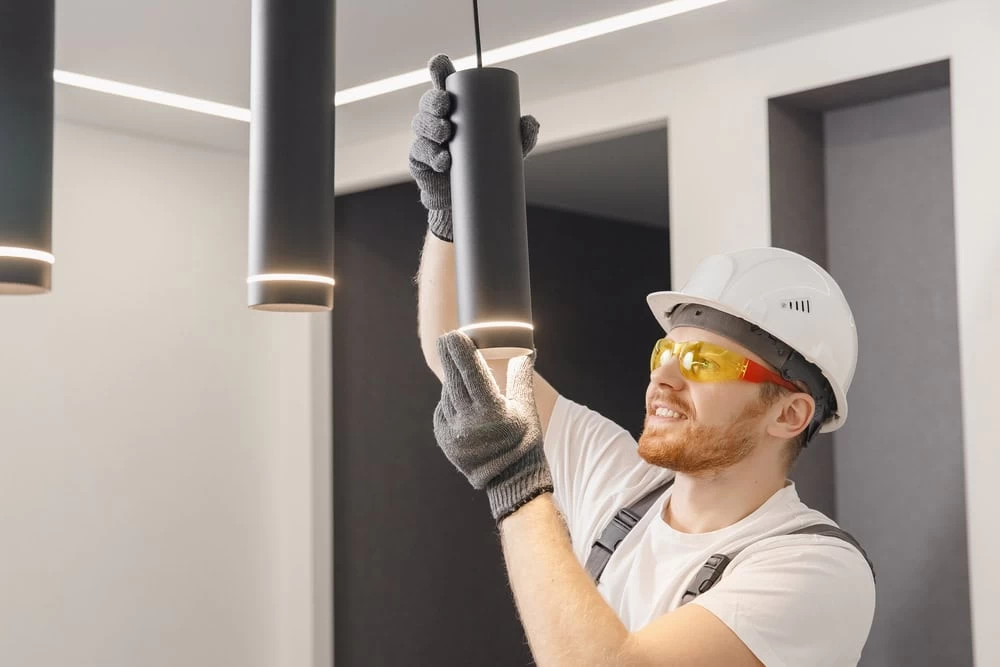Summary:
Why Consider an Electrical Panel Upgrade?
The electrical panel, or breaker box, acts as the central hub for your home’s electricity, distributing power to various circuits. However, panels installed decades ago were not designed for the array of appliances, computers, smart devices, and potentially electric vehicles common today. Persisting with an outdated panel presents several risks. Firstly, insufficient capacity can lead to frequently tripped breakers or blown fuses, interrupting daily life. Secondly, older components can degrade, increasing the possibility of overheating, sparking, and electrical fires—a serious safety concern. In Taylor County, TX, where some housing stock dates back several decades, these older panels (sometimes 60-amp or even fuse-based systems) are simply inadequate. An electrical panel upgrade replaces this outdated heart of your system with one that has a higher amperage capacity (like 100, 150, or 200 amps), modern circuit breakers, and improved safety features. Performing an electrical panel upgrade directly addresses capacity limits and diminishes the risks associated with aging electrical equipment, supporting a safer household environment. This proactive step provides the power foundation your modern life requires.
Signs Your Home Needs a Service Panel Upgrade
How can you tell if your home might require this important update? Several indicators suggest your current panel is struggling. Frequent circuit breaker trips are a primary sign; a trip happens when a circuit draws more power than the breaker is rated for, causing it to automatically shut off power to prevent overheating. Similarly, if you still have an old fuse box, blowing fuses regularly indicates the circuits are overloaded. Observe your lighting; lights that flicker or dim noticeably when a large appliance (like an air conditioner or microwave) turns on suggest the system is strained. A faint burning smell near the panel box or discolored/warm outlets are urgent warning signs demanding immediate attention. Furthermore, if your panel uses older “split-bus” or certain obsolete brands known for failure, a service panel upgrade is highly advisable. Planning major additions like a new air conditioning unit, a hot tub, a home office with multiple computers, or an electric vehicle charger almost certainly necessitates reviewing your panel’s capacity and likely performing an electrical panel upgrade to accommodate the increased load safely in your Taylor County home.
The Process of an Electrical Service Upgrade
Undertaking an electrical service upgrade might sound complex, but professionals follow a structured process. First, a qualified electrician from Hooked Up Electric will visit your home for an initial consultation. During this visit, they assess your current panel, wiring, and grounding system. They will also discuss your present and anticipated future electrical needs—are you planning renovations, adding large appliances, or installing an EV charger? This helps determine the appropriate panel size (amperage) needed, typically 100A, 150A, or 200A for most homes. Next, the necessary permits must be obtained from the local authorities in Taylor County; Hooked Up Electric typically handles this paperwork. On the day of the electrical panel upgrade, the main power to your home will be shut off for safety, usually for several hours. The old panel is carefully removed, and the new, higher-capacity panel is mounted and installed. Existing circuits are carefully reconnected to the new breakers, and wiring is organized. Vital steps involve verifying proper grounding and bonding according to the National Electrical Code (NEC) and local regulations. Once the installation is complete, an inspection by the city or county electrical inspector is usually required to verify the work meets all code requirements before the job is considered finished. This systematic approach confirms your electrical service upgrade is done correctly and safely.
Materials and Techniques Used
The quality of materials and installation techniques profoundly impacts the safety and longevity of your electrical panel upgrade. Reputable electricians utilize components from established manufacturers known for reliability, such as Square D, Siemens, or Eaton electrical panels and circuit breakers. The panel itself will be rated for the determined amperage (e.g., 200 amps) and have enough spaces for current and future circuits. Copper wiring is standard for home electrical systems due to its excellent conductivity and durability; appropriate wire gauges are used based on circuit amperage. Modern circuit breakers are essential—standard breakers for regular circuits, plus required AFCI breakers for living areas and bedrooms, and GFCI breakers for wet locations. Sometimes, dual-function AFCI/GFCI breakers are used for combined protection. Proper grounding is achieved using grounding rods driven into the earth and connected via thick copper wire to the panel. Techniques involve careful attention to detail, such as:
- Securely tightening connections (lugs) to specified torque values to prevent loose connections (a fire hazard)
- Neatly routing and organizing wires within the panel for clarity and safety
- Applying clear and accurate labels to each breaker identifying the circuit it controls
- Using appropriate conduit (like EMT or PVC) and weather heads where wiring enters the home
Choosing the Right Time for an Upgrade
Determining the ideal moment for an electrical panel upgrade depends on several factors specific to your situation. The age of your home and its existing electrical system is a significant consideration; homes built before the 1980s, especially those still using fuse boxes or low-amperage panels (60A or 100A in some cases), are strong candidates. Your current and future electrical consumption patterns are also key. If you frequently experience the warning signs mentioned earlier (tripped breakers, flickering lights), it’s likely time. Consider upcoming changes: are you planning a major home renovation, such as a kitchen remodel or a room addition? Integrating an electrical panel upgrade during these projects is often more cost-effective and less disruptive than doing it as a standalone job later. Similarly, purchasing significant new electrical loads like central air conditioning, a hot tub, an electric range, or an EV charging station often requires a panel capacity review and potentially an electrical panel upgrade. Sometimes, homeowners’ insurance providers may require an upgrade for older systems as a condition of coverage. Evaluating these factors with a professional electrician can help you decide the best timing for your electrical panel upgrade in Taylor County. Acting proactively prevents inconvenient power issues and addresses safety concerns before they escalate.
Ready to Upgrade? Contact Us Today!
To summarize, an electrical panel upgrade is a fundamental improvement for many homes, particularly older ones or those adapting to modern electrical demands. It directly addresses safety concerns associated with outdated equipment, provides the capacity needed for today’s technology-rich lifestyles, and can even add value to your property. From recognizing the signs that indicate a need for a service panel upgrade to understanding the process and the quality materials involved, being informed helps you make the best decision for your household. For residents in Taylor County, TX, verifying your electrical system is safe, reliable, and capable is essential for daily comfort and security. If you’ve noticed any warning signs, are planning renovations, or simply want assurance about your home’s electrical foundation, consider an electrical panel upgrade. Don’t delay addressing potential electrical system limitations. Contact Hooked Up Electric today. Our team is prepared to assess your needs, answer your questions, and provide professional electrical panel upgrade services.

